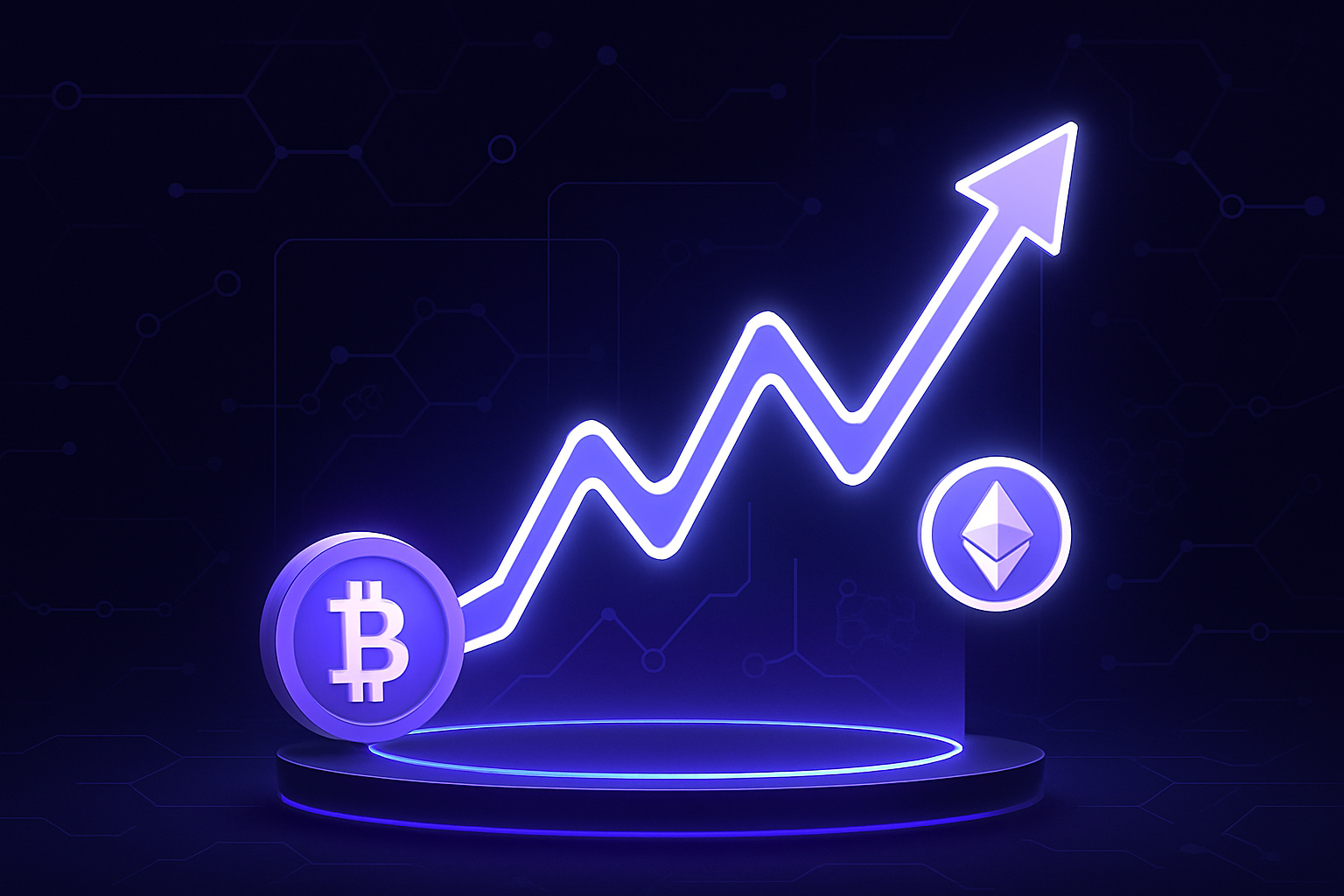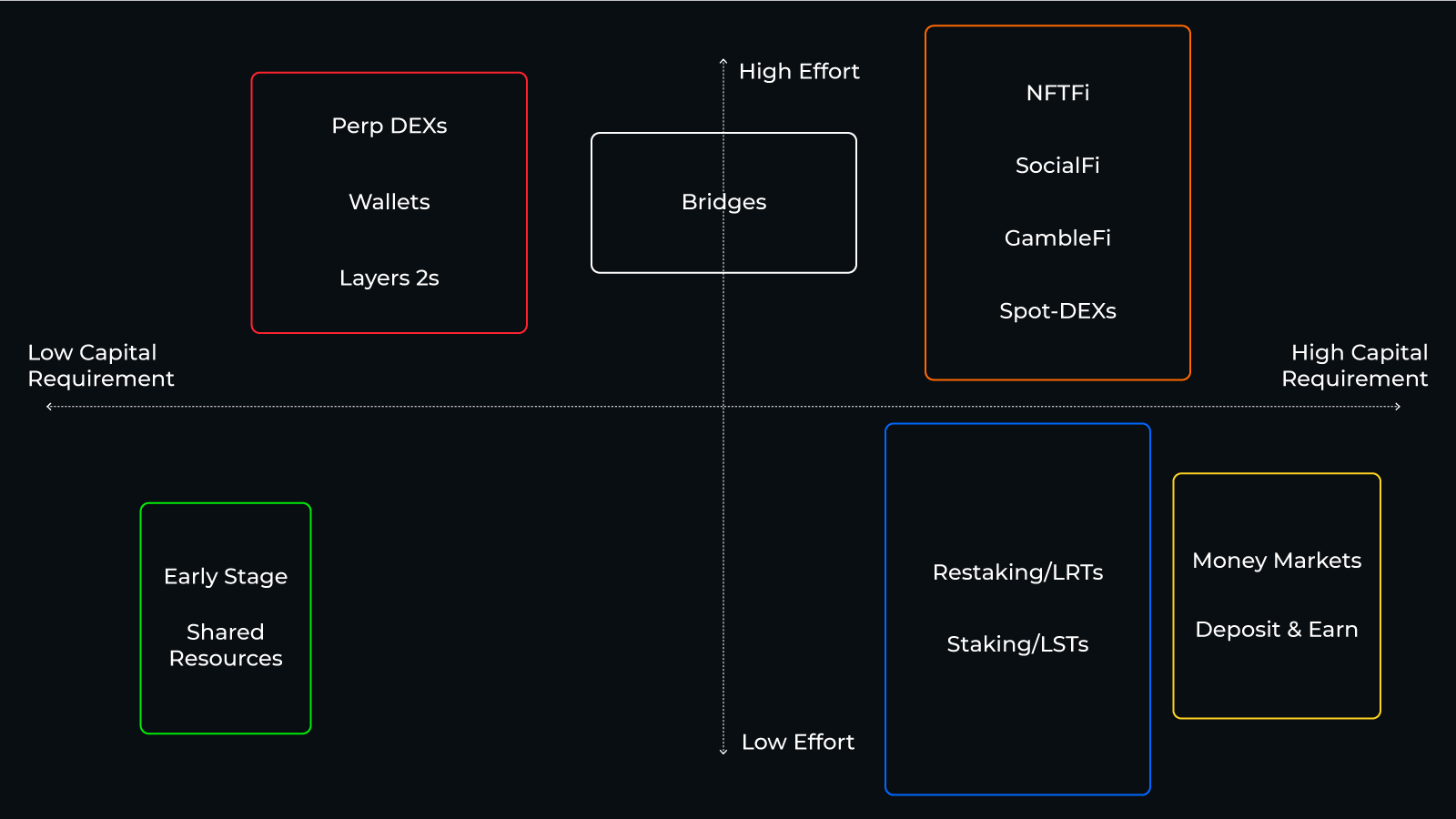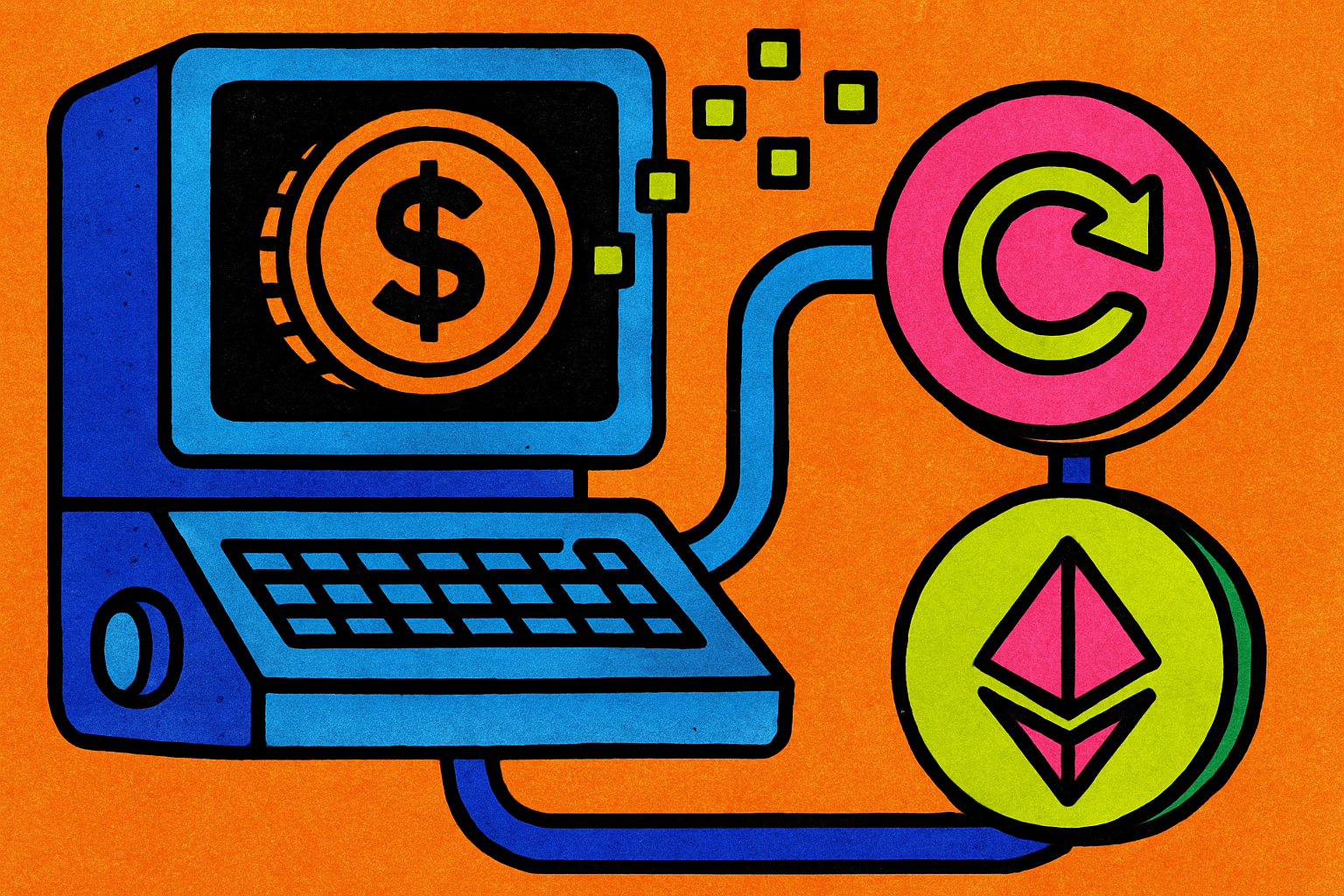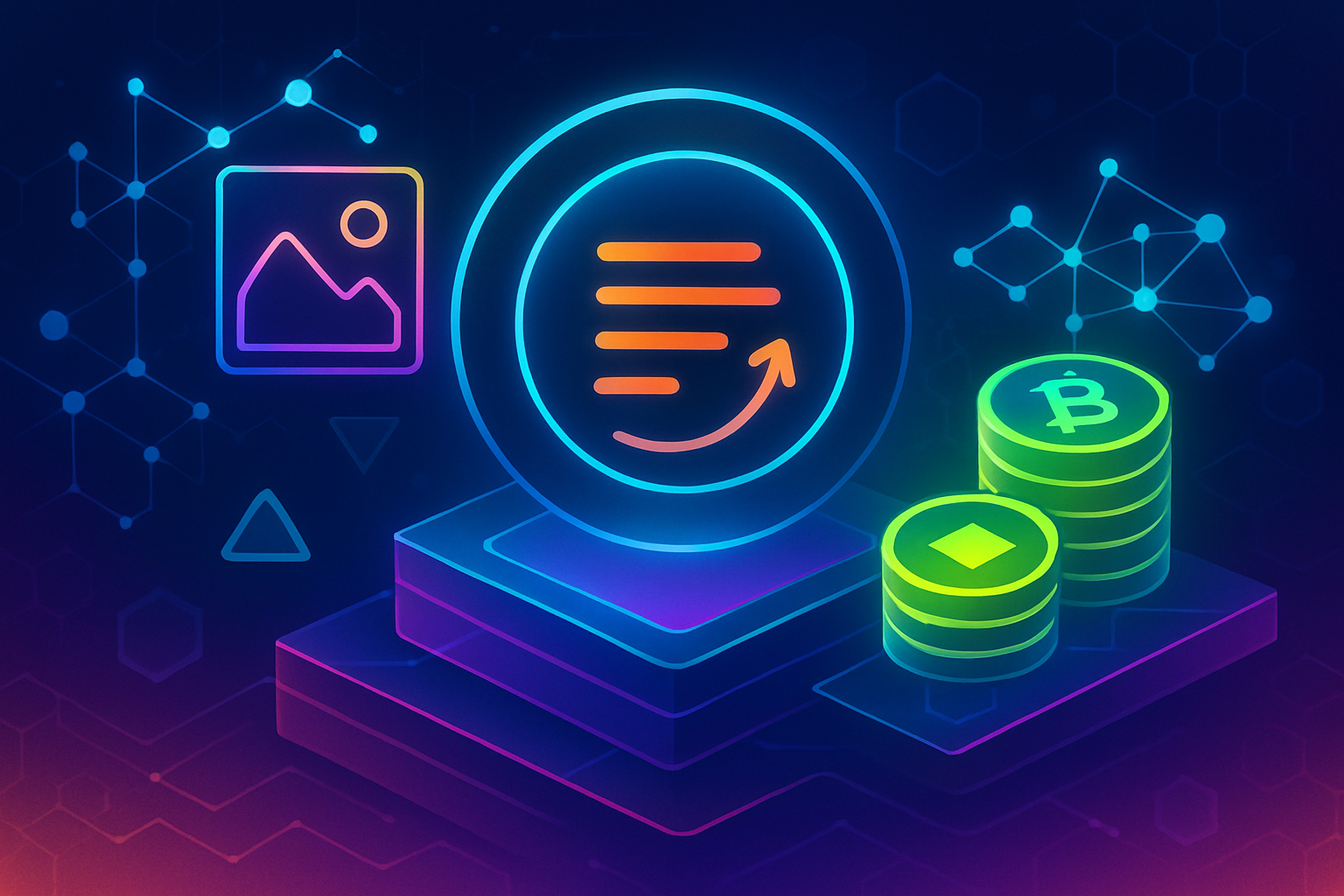
On-chain loyalty staking is rapidly transforming the landscape of decentralized finance (DeFi) by introducing dual incentive reward structures that go far beyond traditional financial returns. Instead of merely offering yield for locking up tokens, these innovative mechanisms empower both projects and users with a blend of tangible and participatory rewards. The result? A more engaged, loyal, and active community that drives sustainable growth for blockchain ecosystems.

Understanding Dual Incentive Reward Structures in DeFi Loyalty Programs
At its core, a dual incentive reward structure integrates two distinct forms of engagement:
- Financial Rewards: These include additional token payouts, staking yields, or access to exclusive financial opportunities. Participants are directly compensated for their capital commitment and risk tolerance.
- Participatory Rewards: These encompass governance rights, voting power, or influence over protocol decisions. By contributing to the project’s direction and development, users become true stakeholders in the ecosystem.
This hybrid approach aligns user interests with project objectives. Rather than focusing solely on short-term profit extraction, participants are motivated to actively support long-term ecosystem health. As highlighted by recent analyses from Galaxy and Defiprime, the most successful DeFi protocols now recognize that clear incentive structures are essential for sustained engagement, not just initial account creation.
Real-World Examples: How Projects Leverage Dual Incentives
The value proposition of on-chain loyalty staking becomes clearer when examining leading implementations across the market:
- LynkCoDAO’s Full-Chain Community Incentive System: This protocol weaves together rebase staking (financial) with governance participation rewards (participatory), plus direct community expansion bonuses. The result is a multi-layered incentive matrix that encourages both holding and active involvement.
- Defactor’s Staking Module: By enabling configurable pools with variable lockup periods and tiered rewards, Defactor incentivizes not only capital commitment but also ongoing governance activity. Participants can tailor their engagement strategy to maximize both yield and influence.
- Symbiotic’s External Rewards Feature: Symbiotic lets protocols distribute native tokens alongside points-based participatory rewards, all via smart contracts, eliminating the need for custom systems while maintaining transparency and flexibility.
This trend is further reinforced by platforms like SushiSwap and other DeFi leaders who have adopted dual or integrated reward models. By combining protocol-native tokens with partner or ecosystem incentives, they foster deeper user commitment while driving total value locked (TVL) growth.
The Benefits: Why Dual Incentive Structures Drive Project Engagement
The advantages of dual incentives extend well beyond simple token rewards. Here’s why this model is gaining traction among forward-thinking blockchain projects:
- Enhanced User Engagement: Financial incentives attract new participants while participatory rewards retain them through meaningful involvement in governance and development.
- Sustainable Ecosystem Growth: Aligning user interests with project outcomes fosters collaboration rather than speculation, an essential ingredient for long-term stability in volatile crypto markets.
- Transparent Decentralized Governance: On-chain voting rights ensure that protocol evolution reflects collective community input rather than top-down mandates from core teams or early investors.
This holistic approach to incentivization is reshaping what it means to participate in DeFi loyalty programs. Users are no longer passive yield farmers, they’re active contributors whose participation directly impacts a project’s trajectory.
For projects, implementing on-chain loyalty staking with dual incentive reward structures can be a strategic lever for driving both token utility and community vibrancy. By distributing rewards through smart contracts, projects ensure transparency and automation, removing manual intervention and increasing trust among participants. As highlighted in recent research from Rock’n’Block and Defiprime, the automation of referral and staking rewards through on-chain mechanisms also reduces friction, making it easier for users to participate and for projects to scale their engagement campaigns.
Designing Effective Dual Incentive Programs
The architecture of a successful dual incentive program requires careful calibration of both financial and participatory rewards. Projects must strike a balance between attractive yields and meaningful governance opportunities. Too much emphasis on financial incentives risks attracting mercenary capital that departs at the first sign of higher returns elsewhere; too little, and user participation may stagnate.
Best practices emerging from leading DeFi protocols include:
- Tiered Reward Structures: Offering escalating benefits based on duration or volume staked encourages long-term commitment over short-term speculation.
- Referral Integration: Layering staking with referral bonuses (dual-sided or tiered) can amplify network effects, as seen in successful programs referenced by NextBee and Medium.
- Transparent On-Chain Metrics: Publicly auditable reward calculations build user confidence in the fairness of distributions.
- Dynamic Governance Rights: Allowing stakers to influence protocol parameters or treasury allocations fosters a sense of ownership that extends beyond pure financial gain.
This multi-dimensional approach not only maximizes user retention but also empowers projects to cultivate a base of advocates rather than mere speculators. For more on how these strategies drive engagement, see our deep dive into community engagement in DeFi projects.
Comparison of Dual Incentive Models: LynkCoDAO vs Defactor vs Symbiotic
| Feature | LynkCoDAO | Defactor | Symbiotic |
|---|---|---|---|
| Type of Dual Incentive | Financial (protocol revenue) + Participatory (governance, community) | Financial (staking yield) + Participatory (governance) | Financial (native token rewards) + Participatory (Symbiotic Points) |
| Financial Reward Mechanism | Rebase staking, bonding, protocol revenue sharing | Configurable staking pools, fixed lockups, tiered rewards | Native token distribution to stakers and node operators |
| Participatory/Governance Incentive | Voting rewards, proposal incentives, community bonuses | Governance participation via staking, increased influence with higher tiers | Symbiotic Points for network participation, decentralized security |
| Community Growth Incentives | Direct bonuses, tiered unlocking for ecosystem expansion | Tiered reward structures, incentivized engagement | Protocols can add custom rewards for community engagement |
| Customizability | Highly customizable via on-chain contract parameters | Flexible pool parameters and lockup durations | Protocols can configure external rewards, no custom staking needed |
| Unique Features | Full-chain incentive system, aligns long-term interests | Supports multiple staking strategies, enhances token utility | Combines native token and points, rewards both stakers and node operators |
Measuring Impact: From TVL Growth to Community Health
The impact of well-designed dual incentive reward structures is measurable across several key metrics. Projects often report:
- Total Value Locked (TVL) Growth: Higher TVL signals increased trust and participation.
- User Retention Rates: Sustained engagement over multiple cycles indicates loyalty beyond initial rewards.
- Governance Participation: A diverse set of active voters reflects healthy community involvement.
- Ecosystem Expansion: Growth in active wallets, referrals, or partner integrations demonstrates network effects taking hold.
The most robust programs continuously iterate their incentive formulas based on these data points. Dynamic adjustment keeps rewards aligned with evolving project goals while maintaining fairness for early supporters. For further insight into optimizing retention strategies using loyalty staking, explore our resource on user retention in DeFi projects.
Looking Ahead: The Future of On-Chain Loyalty Staking
The convergence of staking and participatory incentives is setting a new standard for DeFi loyalty programs. As protocols refine their approaches – integrating elements like points-based systems, automated referrals, and flexible governance – we can expect continued innovation that blurs the line between user and stakeholder. Ultimately, dual incentive structures offer a pathway toward more resilient ecosystems where value creation is shared transparently among all contributors.
This evolution is not just theoretical – it’s already visible across top-performing platforms leveraging these models to cultivate thriving communities. For those building or investing in DeFi today, understanding the nuances of dual incentives isn’t optional; it’s foundational for sustainable growth in an increasingly competitive landscape.




